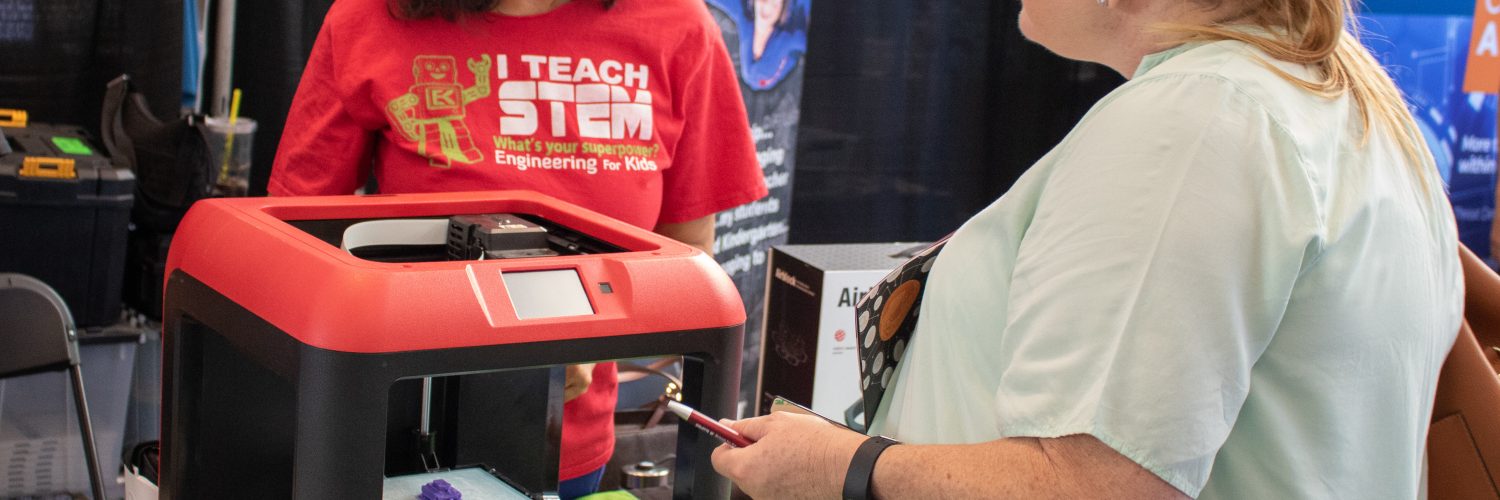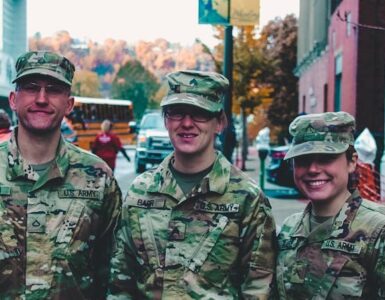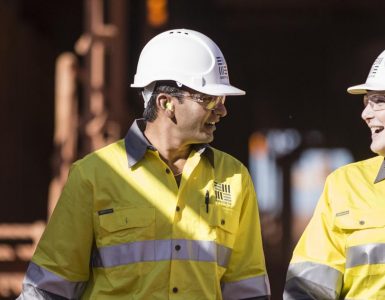Students who attended SciTech Institute’s Arizona STEM & Innovation Summit in September had opportunities to go hands-on with a wide variety of tech-focused exhibits—including virtual reality and remote-controlled digital flight simulators—but much of the real learning was geared towards teachers and school administrators.
During the summit, attendees had the opportunity to choose from over fifty STEM-related sessions covering a wide range of topics. A key focus of many of these workshops was how teachers can make their STEM programming more relevant by integrating real-world industries like agriculture and robotics into their curriculum, particularly through coding.
“I believe that the Rosie the Riveter of tomorrow is a code-writer,” said Major General Michael McGuire of the Arizona National Guard during a panel on the importance of STEM in Arizona’s economy. “That skill is trainable, it’s tangible, and I’m amazed at the things going on in coding.”
Program your veggies

The word “agriculture” may not immediately conjure mental images of coders typing away on keyboards, but technology will continue to play a huge role in the industry moving forward. That’s according to Nikita Bharati, a volunteer with the Arizona Sustainability Alliance (ASA).
“Agriculture is getting harder to do, and we need new methods to do it better and more effectively,” she said during a panel on agriculture in education. “Almost everything is impacted by technology, so we look at how we can use technology to digitize agriculture and make it more efficient and profitable.”
That’s why the Arizona Sustainability Alliance — a local non-profit that promotes sustainability in industries like farming and renewable energy — is working to implement a number of educational programs in local schools. One of those programs focuses on introducing agriculture to students via technology known as “food computers.”
“The main goal of it is to teach students how changing environmental conditions can affect plant growth,” said Tearsa Saffell, Priority Lead of Sustainable Food Systems with the Arizona Sustainability Alliance.
A food computer is a climate-controlled device designed to test the viability of plant growth under different types of environmental conditions. They utilize a variety of sensors, such as light, temperature and humidity, and collect data that can be analyzed. The food computers the ASA puts together are made of low-cost materials like PVC pipes and Mylar and are powered by Raspberry PI programmable computers.
Through its FoodTech for the Future: Growing Digital Farmers program, which launched earlier this year, the ASA hopes to introduce food computers into schools across Arizona to help students learn about not only agriculture, but also coding and engineering, Saffell said.
“I’ve been working with volunteers to develop programs that teach students how to grow food, but also incorporate some aspect of technology to get them interested and show them that it doesn’t have to be this outdated industry,” she said.
Saffell said that when the program launched at Glendale High School last spring, 53% of participating students reported an increased interest in sustainability, and an 83% reported an increased interest in technology. She said the ASA is planning on rolling out the program to other schools in the future, including Cesar Chavez High School, which plans to integrate food computers in nine of its environmental biology classes.
The ASA also runs the Sow it Forward Vertical Garden Program, which has so far introduced 23 vertical gardens in 16 different schools across Arizona.
“A lot of schools, especially low-income schools, don’t have the resources to get a garden going,” Saffell said. “We see these vertical gardens as being a really convenient way to introduce students to growing food and teaching them about alternate methods of growing food.”
High-flying curriculum

Robotics-based curriculum has been a focus of STEM education for years, but now that drones – technically known as unmanned aerial systems, or UASs – are increasingly common in business and industry, there are more opportunities than ever to integrate this fast-developing technology into K-12 classrooms.
“Drones are being used for a lot of different applications — and these applications are only going to grow,” said Pramod Abichandani, founder of robotics education company LocoRobo. “The reality is, drones are not going away.”
Abichandani, who has experience in both robotics research and education, said he founded LocoRobo in 2015 alongside four of his prior university students. He said the company’s goal is to provide low-cost robotics kits, as well as full sets of curricula, to teachers looking to integrate robotics into their classroom.
One of those kits involves motion-controlled plastic drones that students can manipulate via a glove-like device. The robots are fully programmable so that teachers can implement them into STEM lessons.
“Robotics is cool because it has physics, it has math, it has technology… but most importantly, it’s built on the foundations of computer programming,” Abichandani said. “Coding itself is pretty vast, and what we wanted to do was prepare them for modern, forward-looking computer science.”
During his workshop at the Arizona STEM and Innovation Summit, Abichandani showcased several of the different technologies being researched and used in drone technology. That includes everything from advanced artificial intelligence that allows drones to takeoff, fly, and land themselves, to neural networks that allow drones to distinguish between different types of objects through split-second analysis and decision making.
Abichandani says he thinks neural networks in particular are an important thing teachers should be preparing students to learn about as it becomes a more important focus of computer science.
“That’s a thing that needs to be taught in K-12 schools,” he said. “It’s already come at the application level where we are operating, it’s come at the university layer.”
Ultimately, Abichandani said he’s looking forward to the future of drone technology, both in education and as a part of robotics in general.
“I think where drones are headed… it’s a really exciting time,” he said.
















Add comment